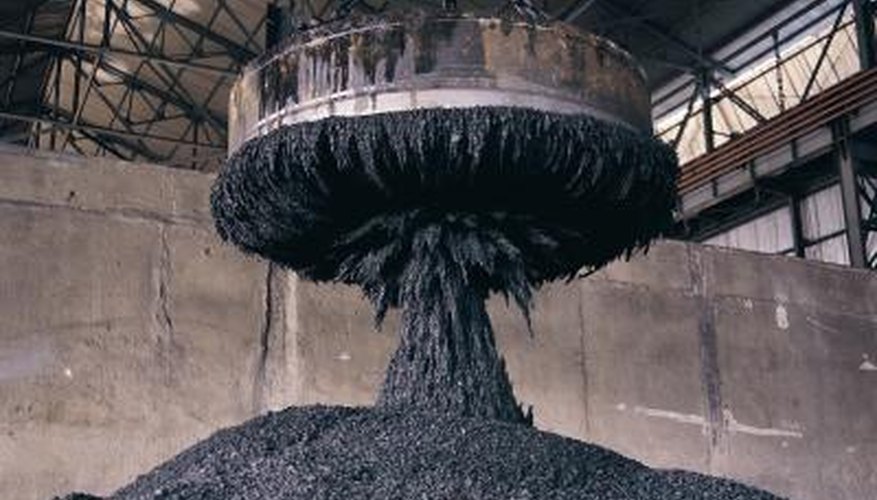Magnetism occurs when electrons in an atom are all aligned in the same direction. It varies according to the chemical structure of different compounds. Atoms or compounds with magnetic properties are classified as diamagnetic, paramagnetic, ferromagnetic or ferrimagnetic. Iron and steel are possibly the most widely used metals in industry. Both have magnetic properties, which differ in the type, strength and duration of magnetism.
Types of Magnetism
Compounds with atoms containing only paired electrons such as hydrogen are described as diamagnetic. Paramagnetic compounds such as aluminium have unpaired electrons but are still weakly magnetic like diamagnetic compounds as the electron alignment is disturbed by thermal vibration. Ferromagnetism exists when unpaired electrons in neighbouring atoms are also aligned together, while ferrimagnets are usually the oxides of ferromagnetic atoms or compounds.
Iron and Ferromagnetism
Iron is classified as ferromagnetic. Ferromagnetic materials have the highest magnetic permeability compared to other magnet types. This includes other metals such as nickel and cobalt. Ferromagnetic compounds have the most widespread use as magnets. Similar to paramagnets, ferromagnetic compounds are susceptible to thermal vibration, and lose magnetism above certain temperatures. Its magnetic properties are also dependent on the purity of the metal.
- Iron is classified as ferromagnetic.
- Similar to paramagnets, ferromagnetic compounds are susceptible to thermal vibration, and lose magnetism above certain temperatures.
Steel
Steel is a general term for iron alloys. Its properties vary according to the type of metal included in the alloy. It is a strong substance with high electric conductivity. Due to the presence of iron, steel is also considered to be ferromagnetic, although its magnetic properties are different from iron.
- Steel is a general term for iron alloys.
- Due to the presence of iron, steel is also considered to be ferromagnetic, although its magnetic properties are different from iron.
Differences Between Iron and Steel
Iron substances are magnetised relatively quickly. However, iron types including soft iron lose its magnetism just as fast. These characteristics are particularly useful when strong but temporary magnets are needed such as electromagnets. Steel takes considerably longer to become magnetised, but retains its magnetism for much longer periods. This property, called high retention, enables steel to be used as permanent magnets.
- Iron substances are magnetised relatively quickly.
- However, iron types including soft iron lose its magnetism just as fast.
